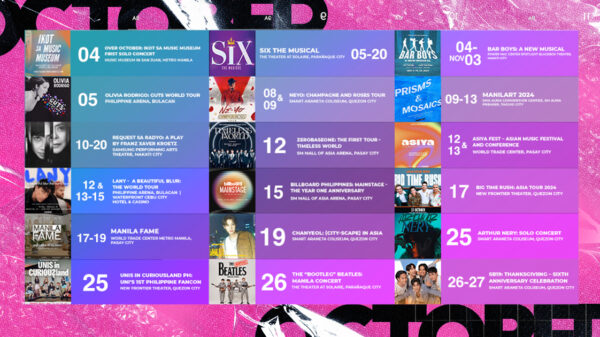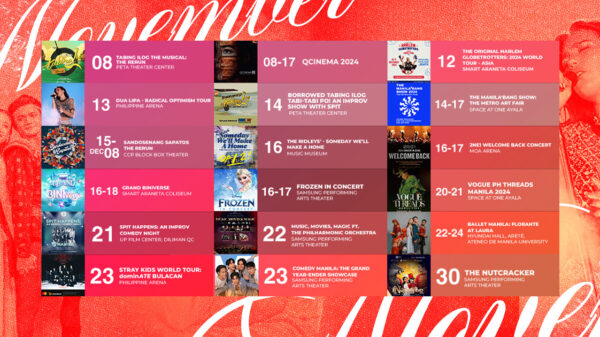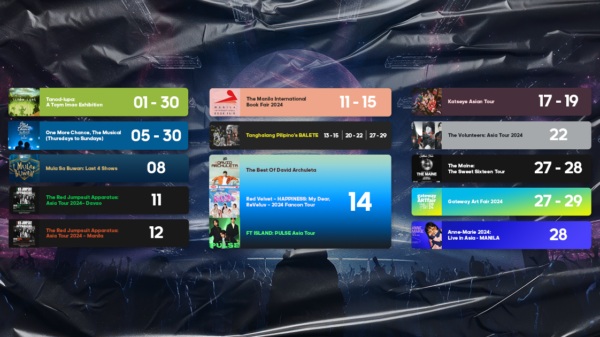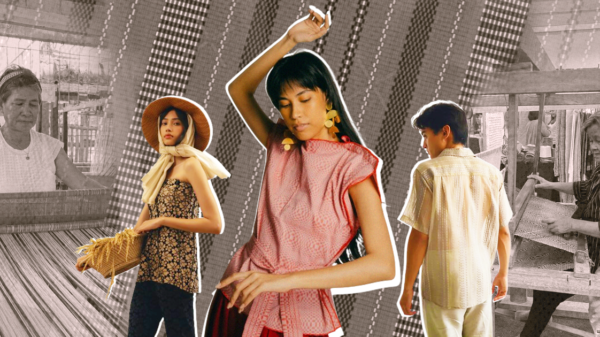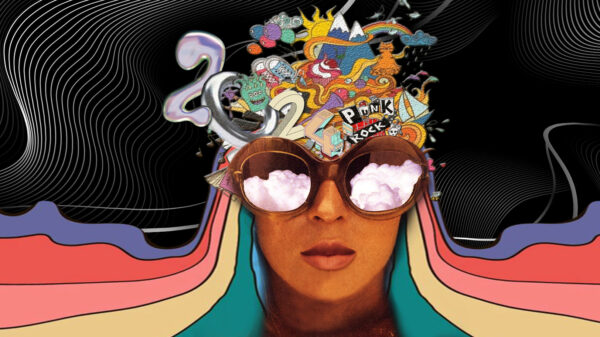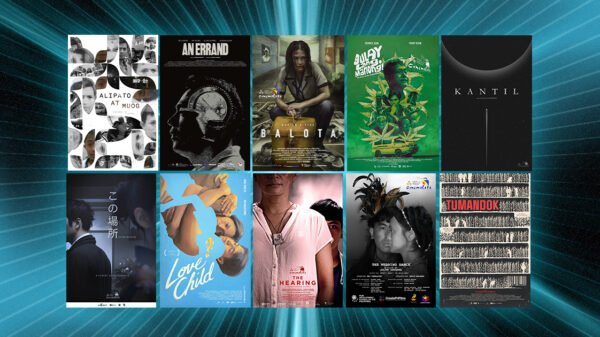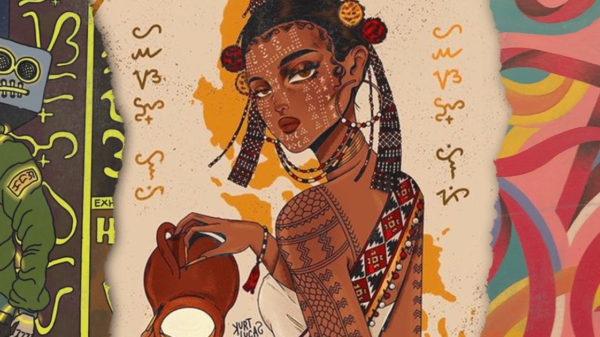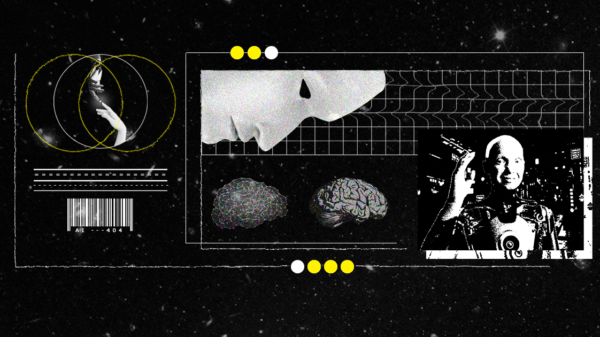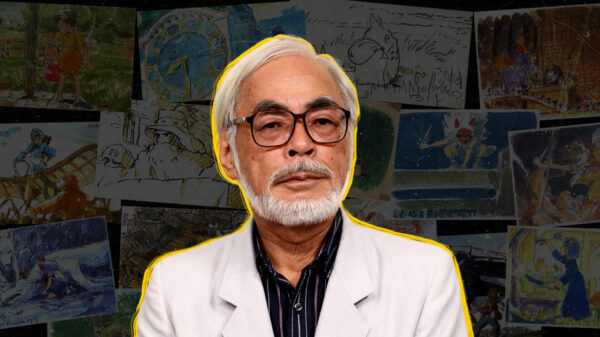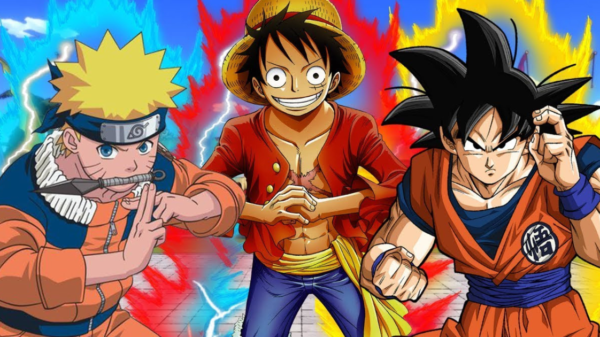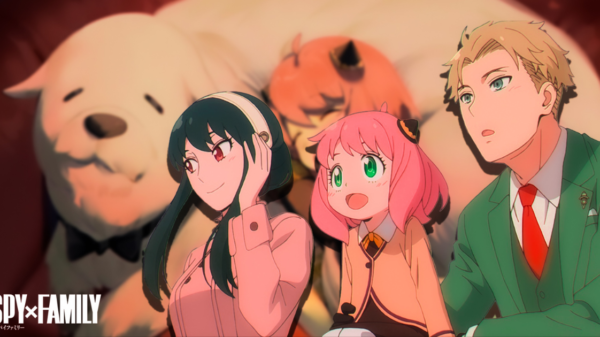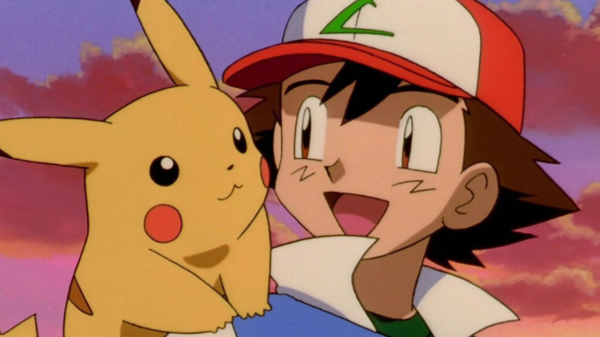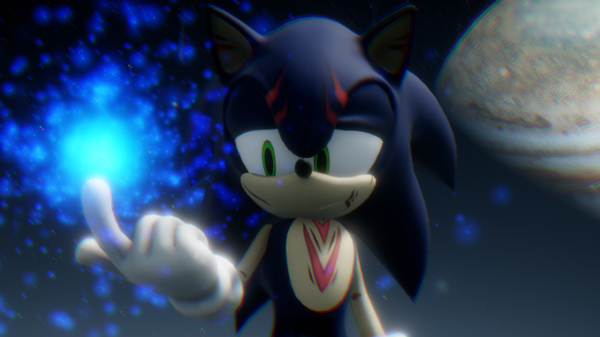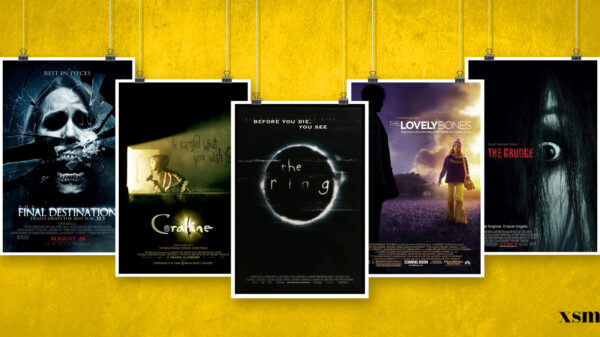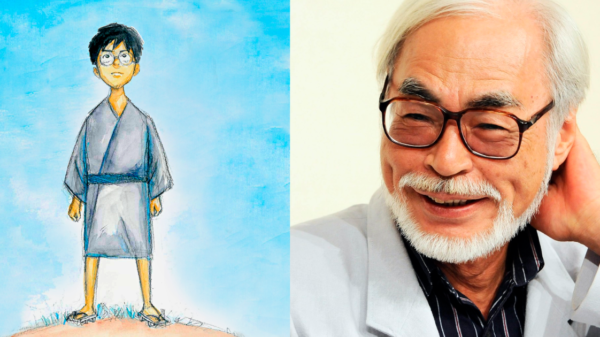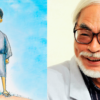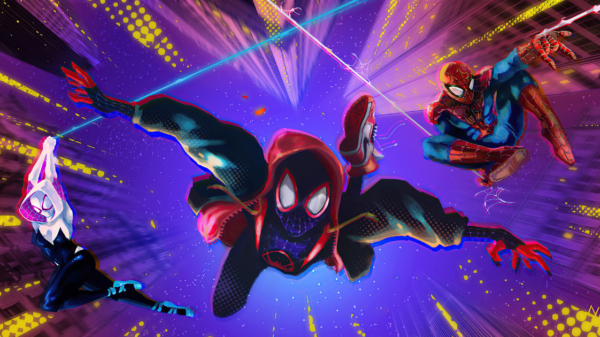It’s truly ecstatic to see art forms in different styles and a little bit more exciting when they’re paired up film. One of the most enigmatic films with iconic processes and style was the film created for the Dutch painter, Vincent Van Gogh.

VINCENT VAN GOGH
Vincent Van Gogh is one of the most influential painters in the art history. He was known for his bold, dramatic brush strokes which added expressions in his works. His art technique is called “Impasto” – it’s putting a thick layer of paint on canvas, leaving visible brush strokes on the finished painting.
Van Gogh is known for his works, ‘The Starry Night’, ‘Café Terrace at Night’, and ‘Irises’.
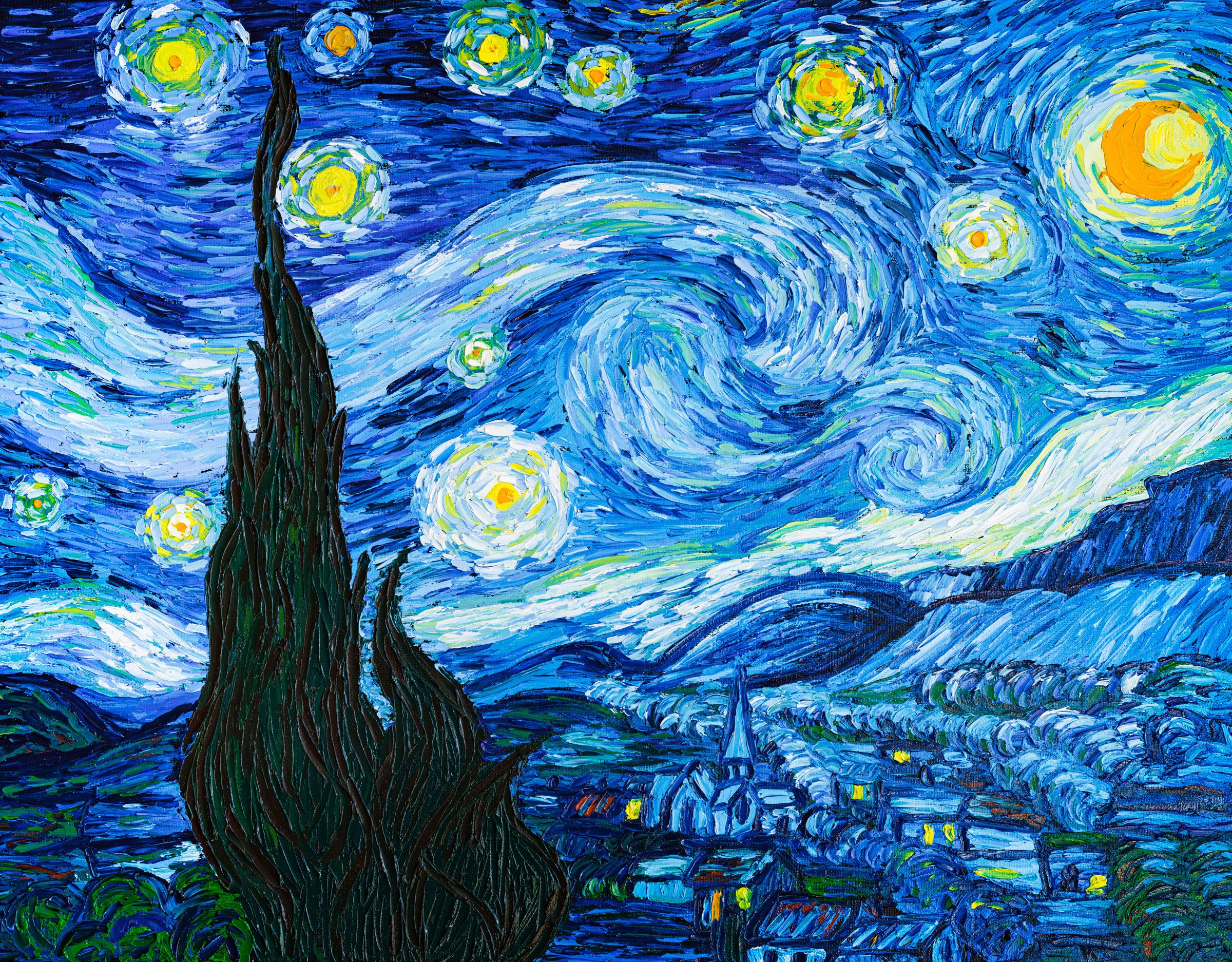


LOVING VINCENT
Loving Vincent is a 2017 animated biographical drama film made in Poland about the life of Vincent Van Gogh. It is a story depicted in oil animation.
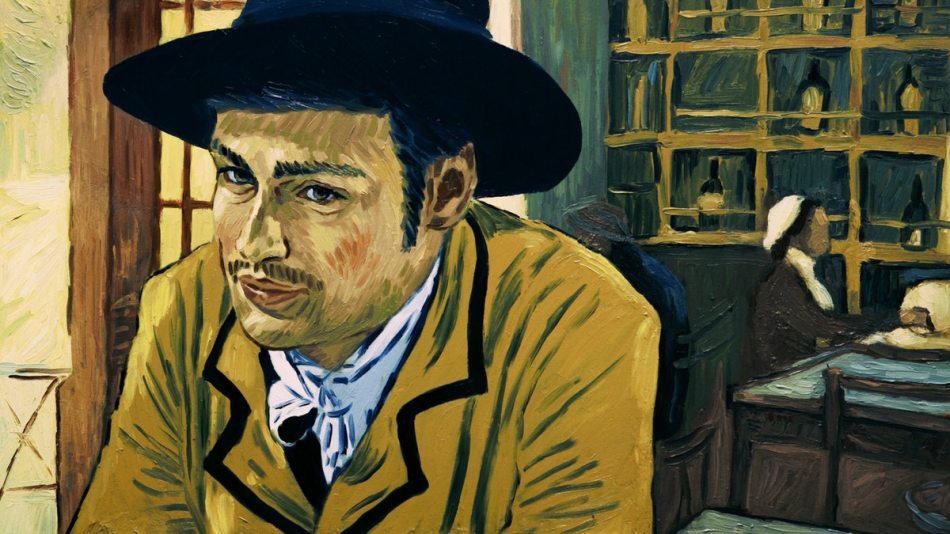
Filmmakers Hugh Welchman and Dorota Kobiela called up 125 oil painters from 20 countries for their unique approach in telling Gogh’s story.
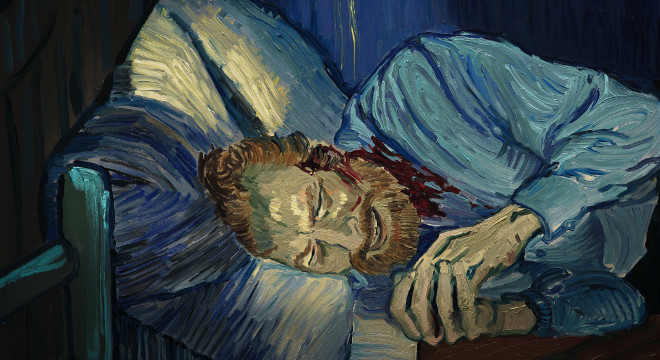
THE AMBITIOUS PROCESS
This is one of the books in the film history. The team wanted to recruit all trained oil pointers in Poland but was not enough. What Welchman and Kobiela did was they had a search on the Internet, they advertised that they’ll be needing additional painters from neighboring countries. They got 5,000 entries and applicants all over the world.
It wasn’t easy as it looks like. It was ambitious and gold. They ended up having 125 painters from 20 different cities and countries and they went through training. The training included 100 hours of learning Van Gogh’s art style and another 100 hours for animation.
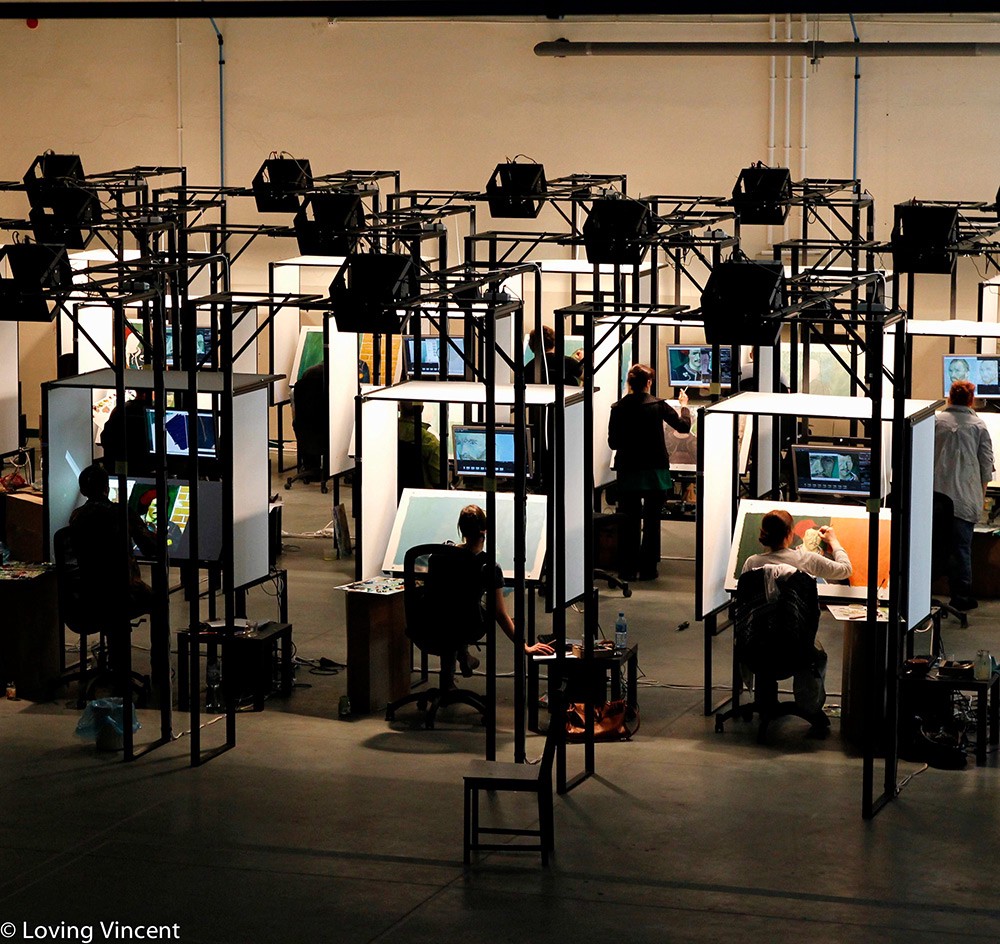

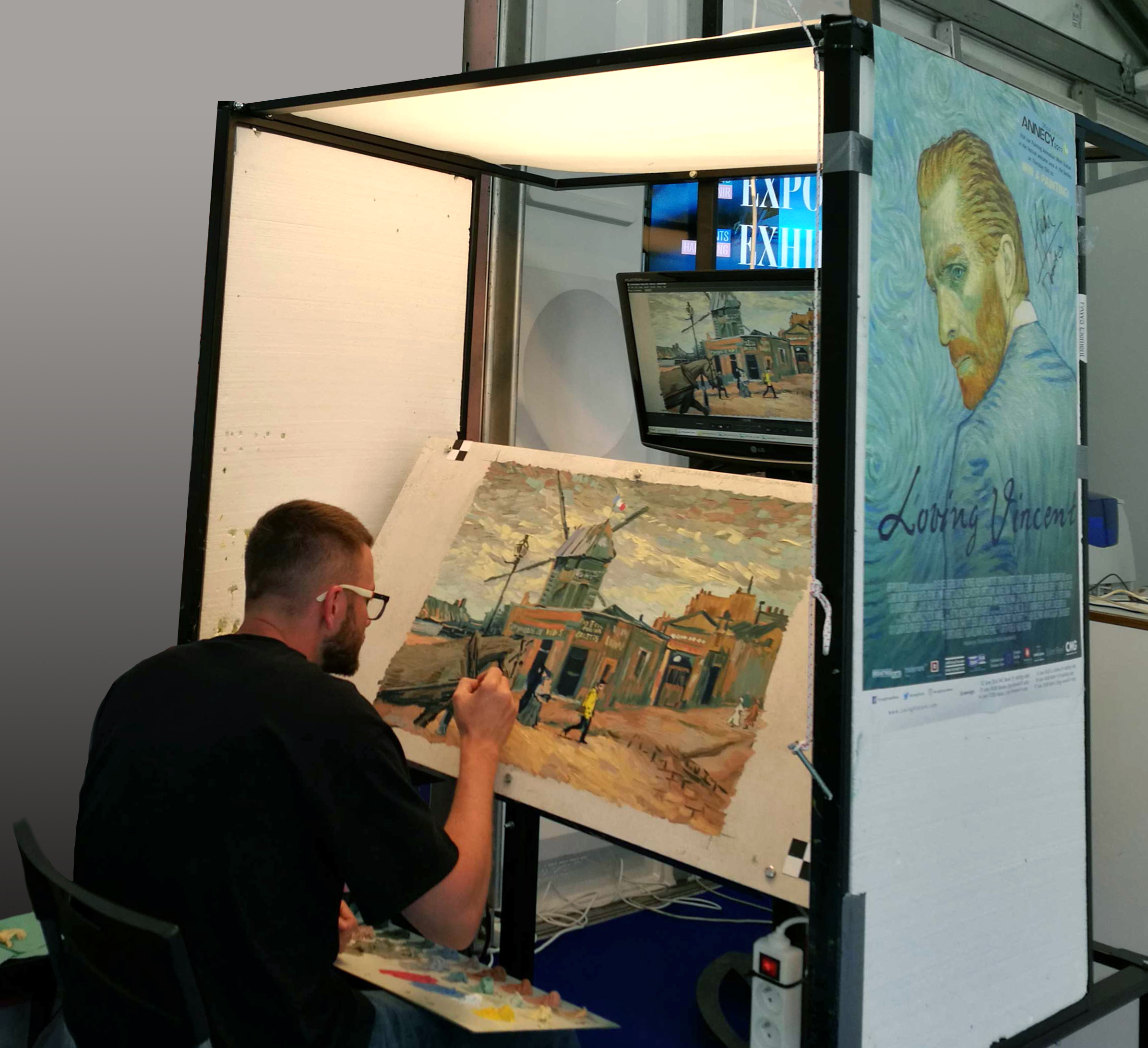
The characters in the film were performed by real actors on constructed sets that looked like Van Gogh’s paintings or against green screens with his paintings made possible by a live view system.
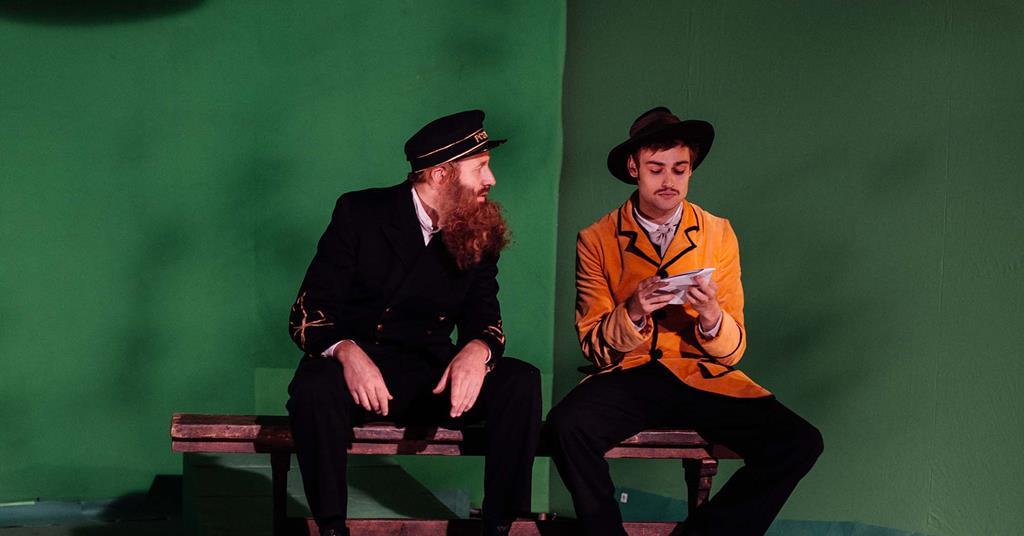

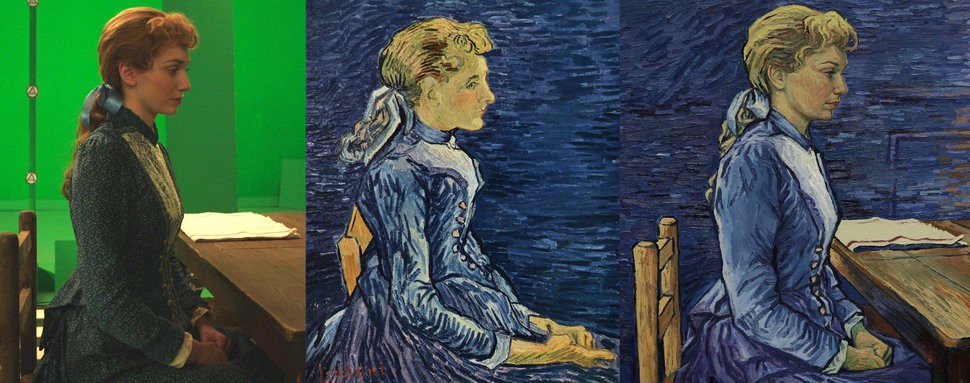

The live action movements were facilitated by computer animation mixed with design paintings and painting animation together.

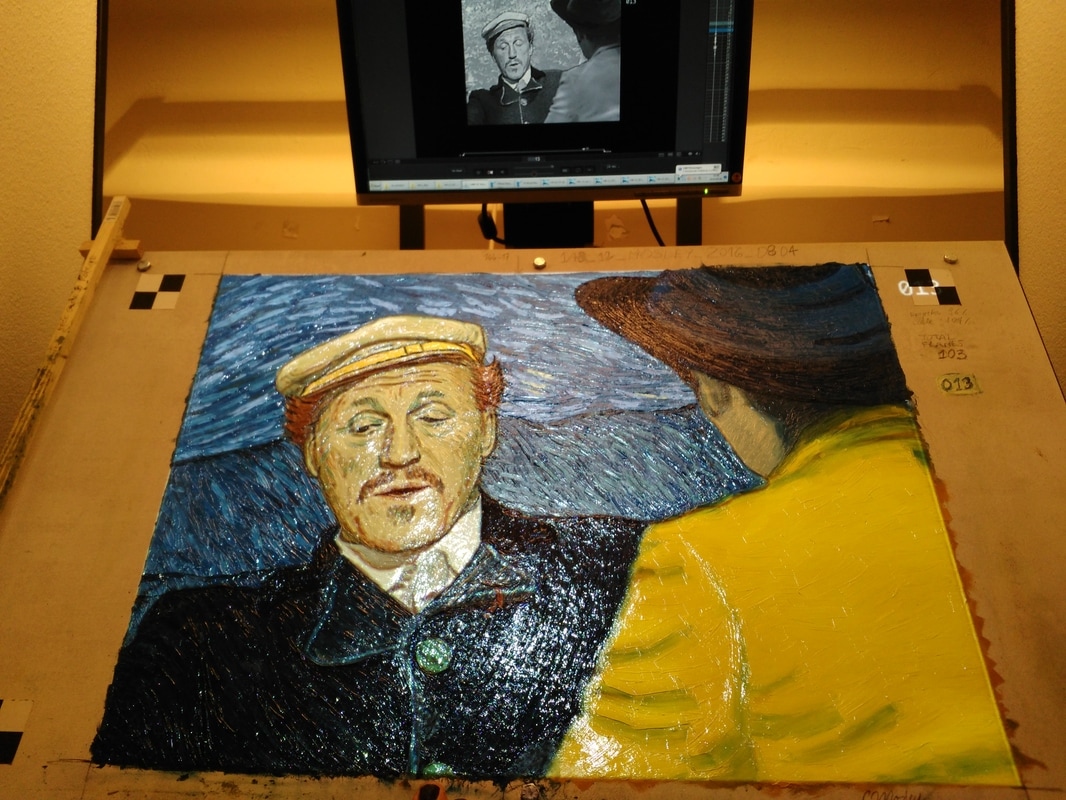
This is the world’s first fully painted film that was over 65,000 frames in 1,000 canvases. This film took six years to finish and it was created using a frame-by-frame animated technique that is similar to stop motion.





